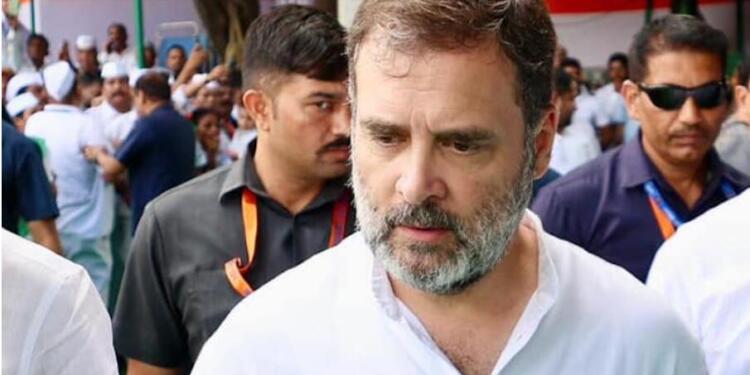In a startling revelation that has sent political commentators scrambling, Congress leader Rahul Gandhi recently declared that no Dalit, tribal, or OBC contestant has ever clinched the coveted title of ‘Miss India’ or become a top media anchor. According to Gandhi, this glaring omission is the smoking gun of a broader systemic exclusion, proving that our society has failed spectacularly at social equity. Naturally, the Bharatiya Janata Party (BJP) has leaped to criticize Gandhi’s remarks, accusing him of treating caste issues like a beauty pageant’s eligibility criteria.
Gandhi’s commentary, made in the resplendent city of Prayagraj, appears to be a bold new strategy in the battle for social justice: if you can’t find Dalits or OBCs in the glittering world of beauty contests and media, then clearly the whole system is rigged. He argues that the lack of these communities in high-profile public roles highlights a massive societal failure and demands immediate corrective action, possibly including a mandatory quota for beauty pageants.
The BJP’s response to this assertion was less “pageant drama” and more “political soap opera.” They dismissed Gandhi’s comments as “juvenile” and “politically motivated,” suggesting that focusing on the caste composition of media and beauty roles is a bit like solving world hunger by ensuring every dinner party has a seat for everyone. According to the BJP, addressing social inequalities requires more than just spotting the absence of marginalized groups in glamorous public spheres; it calls for tackling the actual barriers to social and economic progress.
Critics of Gandhi’s pageant-centric approach argue that his focus on beauty contests and media figures as indicators of social justice is somewhat akin to solving climate change by simply changing the color of the planet on a map. They claim that while a Dalit winner in a beauty pageant might make headlines, it doesn’t necessarily dismantle the socio-economic barriers that keep marginalized communities from thriving in broader societal roles.
Moreover, some say that emphasizing representation in such flashy arenas risks reducing serious social issues to mere tokenism. It’s like addressing educational inequality by ensuring every school’s “Student of the Month” is from a different community, without actually improving the quality of education.
In essence, while Gandhi’s spotlight on representation might be an eye-catching political move, it raises questions about the best way to address real social inequalities. Should we be focused on ensuring that every beauty pageant has diverse contestants, or should we be investing in systemic reforms that tackle educational, economic, and healthcare disparities? The real challenge lies in moving beyond superficial representations and addressing the deeper, systemic issues that impact marginalized communities. After all, social justice might require more than just a new face in the spotlight—it demands a comprehensive overhaul of the stage itself.





























